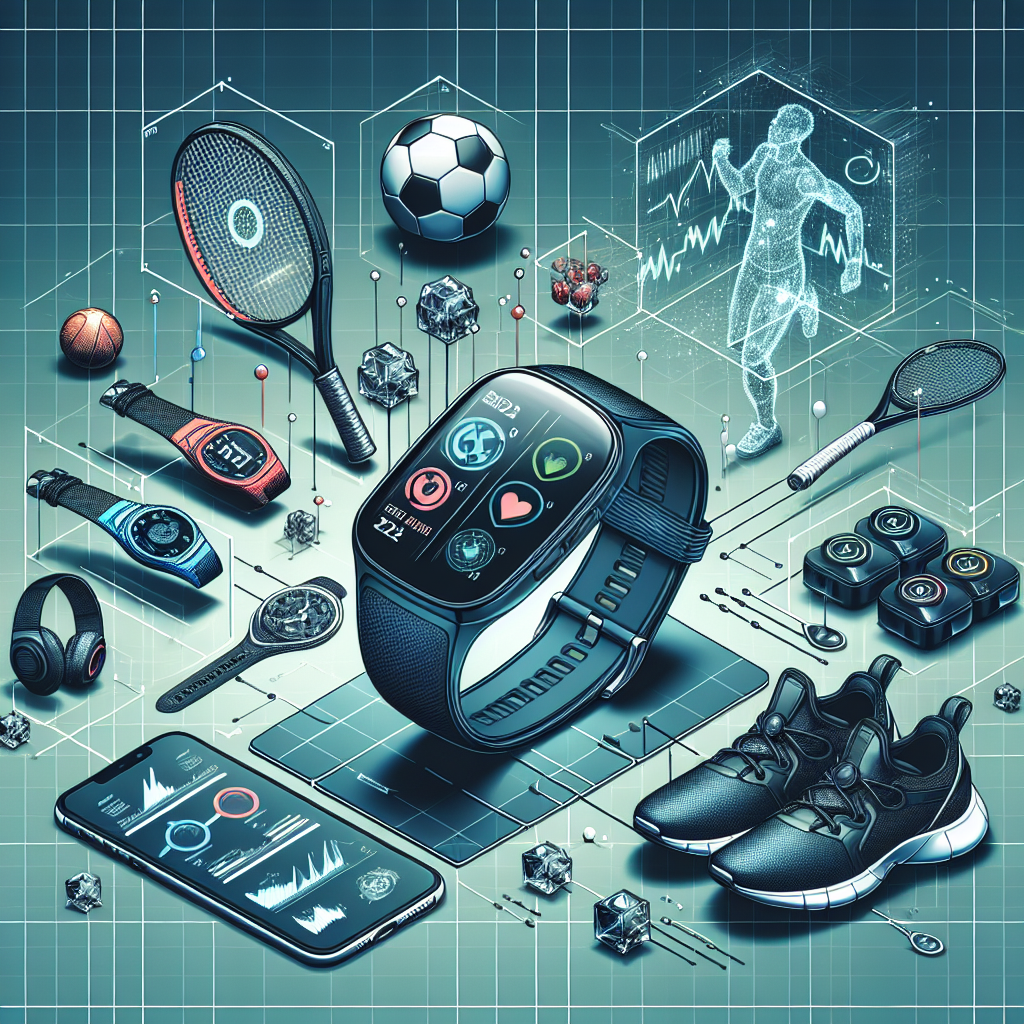AI-Powered Wearables in Sports Performance Monitoring
In recent years, there has been a significant rise in the use of AI-powered wearables in sports performance monitoring. These devices are revolutionizing the way athletes train, compete, and recover by providing real-time data and insights that were previously impossible to obtain. From tracking heart rate and calories burned to analyzing movement patterns and predicting injury risk, AI-powered wearables are transforming the world of sports performance monitoring.
What are AI-Powered Wearables?
AI-powered wearables are specialized devices that use artificial intelligence algorithms to collect, analyze, and interpret data related to an individual’s performance in sports and fitness activities. These devices can be worn on the body or integrated into clothing or equipment, and they use sensors to track various metrics such as heart rate, steps taken, calories burned, distance covered, and more.
The data collected by AI-powered wearables is then processed by machine learning algorithms to provide valuable insights into an athlete’s performance, health, and overall well-being. These insights can be used to optimize training routines, prevent injuries, improve recovery, and enhance overall athletic performance.
How do AI-Powered Wearables Work?
AI-powered wearables work by continuously monitoring and collecting data from the sensors embedded in the device. This data is then processed and analyzed by artificial intelligence algorithms to provide real-time insights and feedback to the user.
For example, a wearable device that tracks heart rate and movement patterns can use AI algorithms to detect patterns in the data that indicate fatigue, stress, or potential injury risk. The device can then alert the user to take a break, adjust their training intensity, or seek medical attention if necessary.
In addition to monitoring physical activity, AI-powered wearables can also track sleep patterns, nutrition, hydration levels, and other factors that can impact athletic performance. By analyzing all of these data points together, the device can provide a comprehensive picture of an athlete’s overall health and well-being.
Benefits of AI-Powered Wearables in Sports Performance Monitoring
There are several benefits to using AI-powered wearables in sports performance monitoring, including:
1. Real-time Feedback: AI-powered wearables provide athletes with immediate feedback on their performance, allowing them to make adjustments and improvements in real-time.
2. Injury Prevention: By analyzing movement patterns and detecting signs of fatigue or stress, AI-powered wearables can help athletes prevent injuries before they occur.
3. Personalized Training Plans: AI algorithms can analyze an athlete’s data to create personalized training plans that are tailored to their individual needs and goals.
4. Improved Recovery: AI-powered wearables can track sleep patterns, nutrition, and hydration levels to help athletes optimize their recovery and improve their overall performance.
5. Enhanced Performance: By providing athletes with valuable insights and feedback, AI-powered wearables can help them reach their full potential and achieve peak performance.
FAQs
Q: Are AI-powered wearables accurate in tracking performance metrics?
A: AI-powered wearables are designed to be highly accurate in tracking performance metrics such as heart rate, steps taken, calories burned, and distance covered. However, like any technology, there may be some margin of error depending on the specific device and how it is worn or used.
Q: Can AI-powered wearables be used by athletes of all levels?
A: Yes, AI-powered wearables can be used by athletes of all levels, from beginners to professionals. These devices are designed to provide valuable insights and feedback to help athletes improve their performance, regardless of their skill level.
Q: How do AI-powered wearables differ from traditional fitness trackers?
A: AI-powered wearables differ from traditional fitness trackers in that they use artificial intelligence algorithms to analyze data and provide personalized insights and feedback. While traditional fitness trackers may provide basic metrics such as steps taken or calories burned, AI-powered wearables offer more advanced features and capabilities for sports performance monitoring.
Q: Are AI-powered wearables expensive?
A: The cost of AI-powered wearables can vary depending on the brand, features, and capabilities of the device. Some devices may be more expensive than traditional fitness trackers, but the value that they provide in terms of performance monitoring and optimization may justify the cost for serious athletes.
Q: How can athletes benefit from using AI-powered wearables?
A: Athletes can benefit from using AI-powered wearables in several ways, including improved performance, injury prevention, personalized training plans, enhanced recovery, and real-time feedback. These devices provide valuable insights and feedback that can help athletes reach their full potential and achieve their goals.
In conclusion, AI-powered wearables are transforming the world of sports performance monitoring by providing athletes with valuable insights and feedback to optimize their training, prevent injuries, and enhance their overall performance. By leveraging artificial intelligence algorithms to analyze data and provide personalized recommendations, these devices are revolutionizing the way athletes train, compete, and recover. As the technology continues to evolve, we can expect to see even more advanced features and capabilities in AI-powered wearables that will further enhance the athletic experience.

